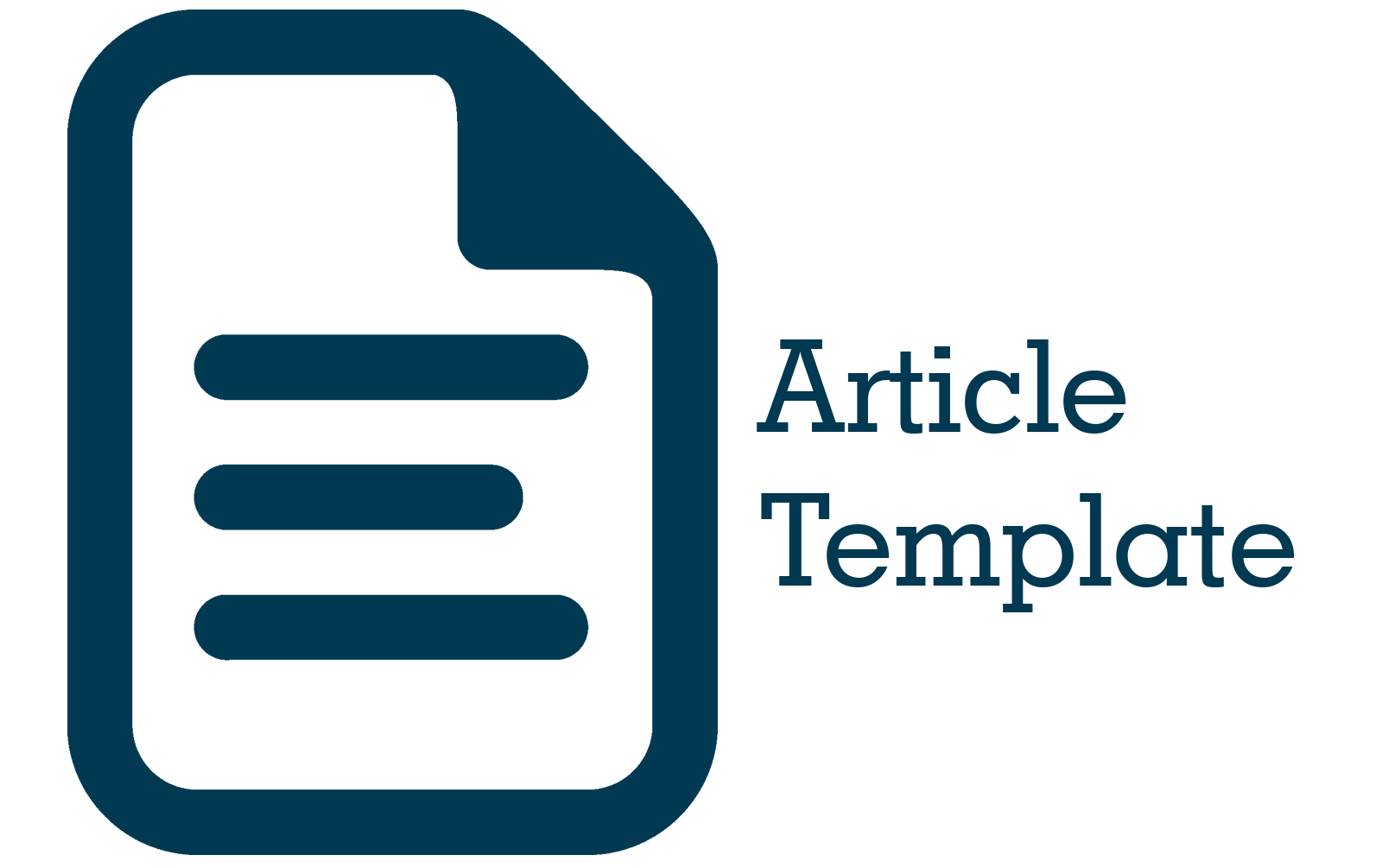Penerapan Analisis K-Medoids Cluster untuk Mengelompokkan Wilayah di Provinsi Jawa Barat Berdasarkan Fasilitas Kesehatan Tahun 2021
Abstract
Abstract. The cluster method is a method in multivariate analysis for data that has many variables, its function is to group objects based on their characteristics. The cluster method is divided into two, namely the hierarchical method and the non-hierarchical partitioning method. The non-hierarchical partitioning method is a method where the objects in the data are grouped into k clusters with k that have been determined by the researcher. A non-hierarchical partitioning cluster method similar to K-means is K-medoids. K-medoids clustering is a modification of K-means, where K-medoids is present to overcome deficiencies in the K-means clustering algorithm, because K-means is sensitive to outliers. Therefore, this thesis will discuss the K-medoids cluster to classify 27 regions in West Java Province in 2021 based on health facilities using the K-medoids cluster, because the data used contains outliers. The data used includes data on health facilities in the form of hospitals, polyclinic maternity hospitals, health centers, auxiliary health centers, and pharmacies. By taking 3 clusters, it is found that, for cluster 1 there are 6 areas with complete health facilities, for cluster 3 there are 11 areas with moderate health facilities and for cluster 2 there are 10 areas with incomplete health facilities.
Abstrak. Metode cluster merupakan salah satu metode dalam analisis multivariat untuk data yang mempunyai variabel banyak, berfungsi untuk mengelompokan objek-objek berdasarkan karakteristik yang dimilikinya. Metode cluster terbagi menjadi dua, yaitu metode hierarki dan metode non hierarki partitioning. Metode non hierarki partitioning merupakan metode dimana objek-objek dalam data dikelompokan ke dalam k cluster dengan k yang telah ditentukan oleh peneliti. Metode cluster non hierarki partitioning yang mirip dengan K-means, adalah K-medoids. K-medoids clustering merupakan modifikasi dari K-means, dimana K-medoids hadir untuk mengatasi kekurangan pada algoritma K-means clustering, karena K-means sensitif terhadap pencilan. Oleh karena itu, dalam skripsi ini akan membahas K-medoids cluster untuk mengelompokkan 27 wilayah di Provinsi Jawa Barat tahun 2021 berdasarkan fasilitas kesehatan menggunakan K-medoids cluster, karena dalam data yang dipakai terdapat pencilan. Data yang digunakan meliputi data fasilitas kesehatan berupa rumah sakit, rumah sakit bersalin poliklinik, puskesmas, puskesmas pembantu, dan apotek. Dengan mengambil 3 cluster diperoleh bahwa, untuk cluster 1 terdapat 6 wilayah dengan fasilitas kesehatan yang lengkap, cluster 3 terdapat 11 wilayah dengan fasilitas kesehatan yang sedang dan cluster 2 terdapat 10 wilayah dengan fasilitas kesehatan yang kurang lengkap.
References
Park, H. & Jun, C.H. (2009). A Simple and Fast Algorithm for K-Medoids Clustering. Expert Syst. Appl. 3336-3341.
Johnson, R., & Wichern, D. (2002). Applied Multivariate Statistical Analysis. 5th edition. New Jersey: Prentice hall.
Han, J., Kamber, M., & Pei, J. (2012). Data Mining: Concept and Techniques, Third. Waltham: Morgan Kaufmann Publishers.
The Indonesian Institute. (2023). Tiga Masalah Kesehatan yang Dihadapi Indonesia. Retrieved from The Indonesian Institute: https://www.theindonesianinstitute.com/tag/tiga-masalah-kesehatan/
Badan Pusat Statistik Provinsi Jawa Barat. (2023). Kesehatan. Retrieved from Badan Pusat Statistika Provinsi Jawa Barat: https://jabar.bps.go.id/subject/30/kesehatan.html#subjekViewTab3.html
N. Azizah, “Pemodelan Spatial Autoregressive (SAR-X) pada Perkawinan Usia Anak di Indonesia,” Jurnal Riset Statistika, pp. 1–10, Jul. 2023, doi: 10.29313/jrs.v3i1.1643.











